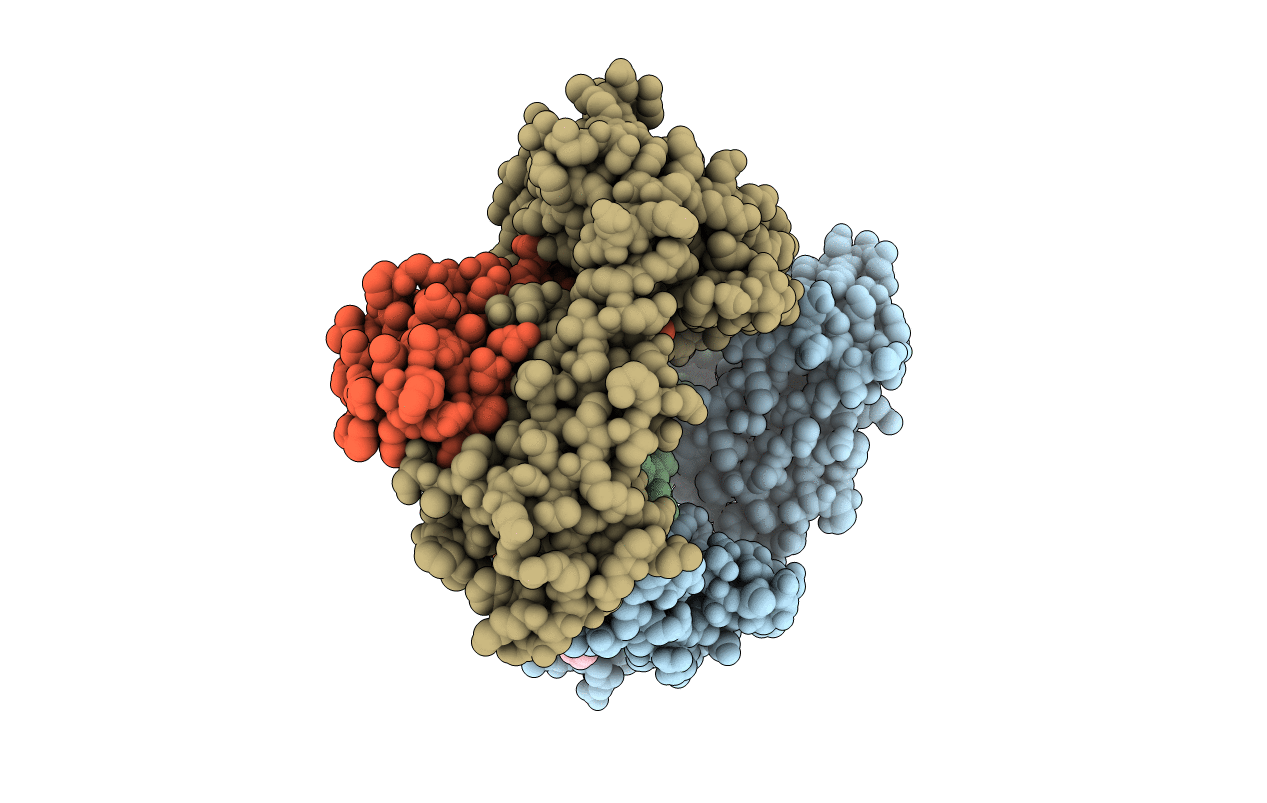
Deposition Date
2019-11-14
Release Date
2020-11-04
Last Version Date
2024-10-09
Entry Detail
PDB ID:
6LBE
Keywords:
Title:
Crystal structure of bony fish MHC class I binding beta2M-2 for 2.6 angstrom
Biological Source:
Source Organism:
Ctenopharyngodon idella (Taxon ID: 7959)
synthetic construct (Taxon ID: 32630)
synthetic construct (Taxon ID: 32630)
Host Organism:
Method Details:
Experimental Method:
Resolution:
2.60 Å
R-Value Free:
0.25
R-Value Work:
0.16
R-Value Observed:
0.17
Space Group:
P 1


